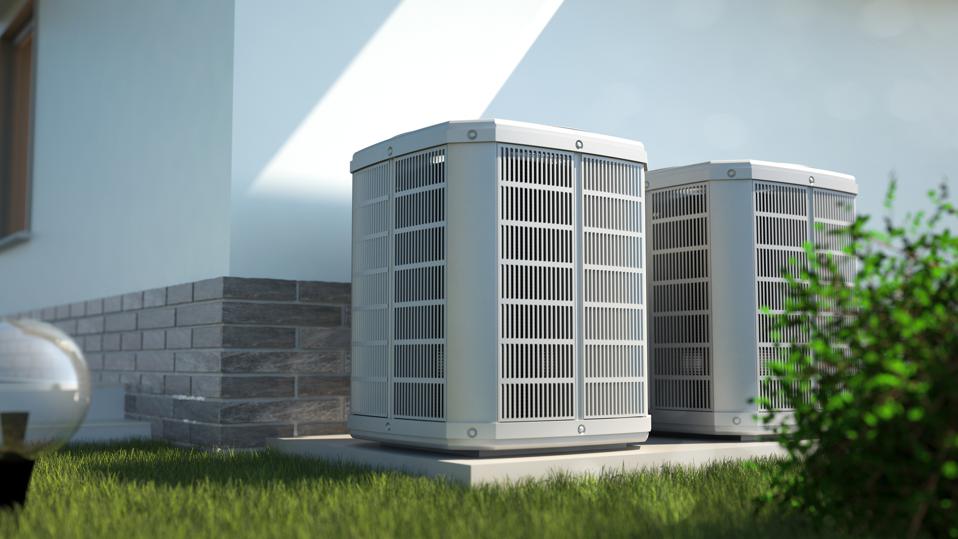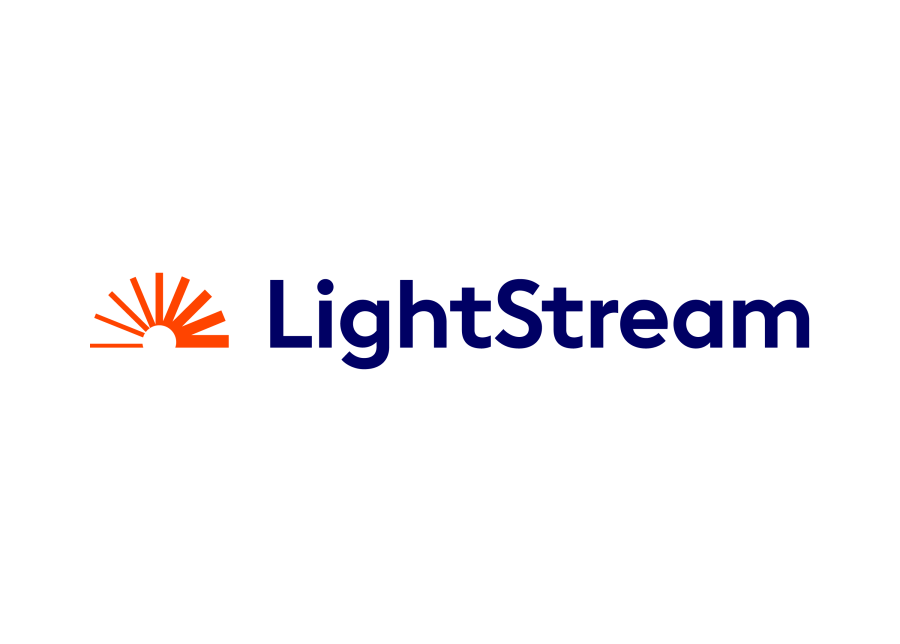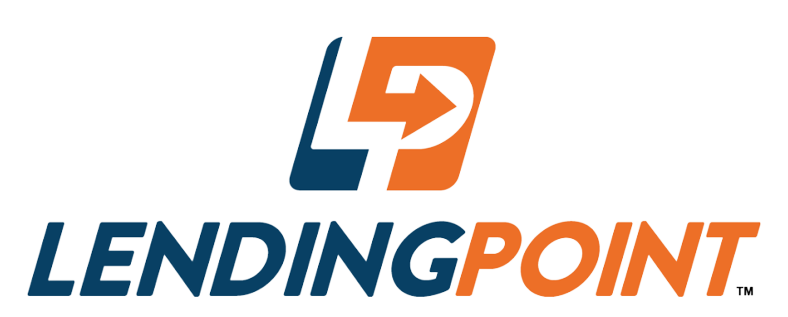Compare Personal Loan Rates
Best HVAC Loans And Financing Options
Summary: Best HVAC Loans And Financing Options
Methodology
We reviewed 29 popular lenders based on 16 data points in the categories of loan details, loan costs, eligibility and accessibility, customer experience and the application process. We chose the best lenders based on the weighting assigned to each category:
- Loan cost: 35%
- Loan details: 20%
- Eligibility and accessibility: 20%
- Customer experience: 15%
- Application process: 10%
Within each major category, we also considered several characteristics, including available loan amounts, repayment terms, annual percentage rate (APR) ranges and applicable fees. We also looked at minimum credit score requirements, whether each lender accepts co-signers or joint applications and the geographic availability of the lender. Finally, we evaluated each provider’s customer support tools, borrower perks and features that simplify the borrowing process—like prequalification options and mobile apps.
Where appropriate, we awarded partial points depending on how well a lender met each criterion.
To learn more about how Forbes Advisor rates lenders, and our editorial process, check out our Loans Rating & Review Methodology.
Tips for Comparing HVAC Loans
Follow these tips when comparing HVAC loans:
- Choose a loan amount that fits your needs. When financing a new HVAC system, you will be on the hook for the full loan amount plus interest—regardless of how much you spend on the equipment and installation. For that reason, find a lender with minimum loan amounts that meet your needs.
- Shop around for competitive rates and fees. Before committing to an HVAC loan, shop around for the most competitive rates as well as reasonable lender fees. In addition to researching banks, credit unions and online lenders, ask your HVAC contractor if they offer in-house financing.
- Compare repayment terms. While a lower payment amount may sound appealing, it usually means a longer repayment period. This translates into higher interest costs over the full loan term.
- Opt for a feasible funding time. Depending on the circumstances of your HVAC work, it may be necessary to access funds quickly. If this is the case, choose a lender that offers fast approval times and same- or next-day funding.
What Is HVAC Financing?
HVAC financing is a specific type of unsecured personal loan that can be used to replace or purchase an HVAC system. Approved borrowers will receive the full loan amount as a lump sum, which is typically repaid over a period of one to seven years. As with other personal loans, amounts range from $1,000 to $100,000, and APRs usually range from 6% to 36%.
Qualifications for HVAC financing vary by loan type and lender, but applicants should have a stable income, low amount of debt and a high credit score to access the most favorable terms. Choose a loan that covers your HVAC replacement without having too much cash left over—the more you borrow, the more you’ll pay in interest over the life of the loan.
How Much Does It Cost to Install a New HVAC System?
The cost of a new HVAC system varies greatly, depending on the type and size of the system, the quality of the equipment and local installation costs. On average, you can expect to pay anywhere from $5,000 to $10,000 for a full replacement of a new system. This cost generally covers the new unit and labor as well as removal and disposal of the old system.
Depending on your needs, replacing the entire HVAC system may not be necessary. Instead, you might opt to replace individual components. However, if you need to replace multiple parts, it may still be cheaper to replace the entire unit.
Best Ways to Finance HVAC Systems
There are a few ways to finance the purchase and installation of a new HVAC system or replacement of individual components. For example, personal loans are unsecured and offer a great deal of flexibility in both loan amounts and funding speeds. However, some homeowners don’t have a high enough credit score to get approved for a personal loan or other traditional financing methods.
Similarly, 0% APR credit cards also can reduce the overall cost of borrowing but may only be available to the most creditworthy borrowers. Borrowers who are unable to qualify elsewhere—or just prefer a more convenient lending process—may qualify for a loan or payment plan through the HVAC contractor, if available.
HVAC Financing Alternatives
Borrowers with poor credit—or those with no credit at all—may not qualify for traditional HVAC financing. Likewise, a personal loan may not be the best solution for every HVAC project. Consider these alternatives if traditional HVAC financing isn’t a good fit:
HVAC Company Financing
If your efforts to get a traditional personal loan aren’t successful, the HVAC company you’re working with may offer an in-house financing option. Some HVAC contractors also partner with local lenders to offer loans. This is often the most convenient option, as many contractors and lending partners allow homeowners to combine their installation and equipment costs into one payment plan.
0% APR Credit Card
A 0% APR credit card offers borrowers an introductory period—usually between six and 18 months—with a promotional 0% APR. These cards are often reserved for the most creditworthy borrowers, but they can be an excellent HVAC financing option for those who qualify.
Unlike a personal loan or other types of HVAC financing, the homeowner can access their credit line on an as-needed basis, and interest does not accrue until the promotional period ends.
This means you can pay for a new HVAC or repairs when the need arises, then delay payment without increasing the overall cost of the system. Once the 0% term is over, though, interest will accrue at the usual rate (generally between 13% and 28%).
Government-backed Loan
Depending on your needs and circumstances, a government-backed loan may be an option. The Department of Housing and Urban Development works with homeowners to make their homes more livable and useful through Federal Housing Administration (FHA) Title 1 loans.
Alternatively, an FHA 203(k) loan can help you refinance your current mortgage to cover HVAC costs. Government-backed loans can save you money on financing, but each program has its own requirements, and the application process can slow down the installation of a new system.
Emergency Fund
Though not technically a financing option, an emergency savings account can come in handy in situations where homeowners need to repair or replace an HVAC system. It’s best not to spend an emergency fund unless it’s absolutely necessary. However, if any part of your HVAC system breaks down during the summer or winter, this may be considered an emergency—especially if you have kids or seniors living in the home.
Frequently Asked Questions (FAQs)
Do HVAC companies offer financing?
Some HVAC companies offer financing to homeowners in the form of personal loans or installment payments. In some cases, HVAC contractors partner with local lenders or can otherwise recommend banks or credit unions that offer competitive terms and fast, convenient funding.
What credit score do you need to finance an HVAC system?
The credit score needed to finance an HVAC system depends on the individual lender. In general, however, a borrower should have a credit score of at least 670 to qualify for a personal loan. As with other types of financing, the most creditworthy applicants benefit from higher approval odds and more competitive interest rates and repayment terms.
How much should a new HVAC system cost?
The national average for a new HVAC system is $7,000. Full unit replacements range from $5,000 to $10,000, or $25 to $60 per square foot. That said, the actual cost will depend on the ductwork length, efficiency rating, home size and the size and brand of the new system.
What is the best time of year to buy an HVAC system?
The best times to buy an HVAC system are in spring and early fall. This is when businesses are generally slower. Because sales are down at these times, manufacturers are more likely to have specials available on equipment. Many contractors also offer discounts to keep money coming in during slow seasons.
Next Up In Personal Loans
Forbes Advisor adheres to strict editorial integrity standards. To the best of our knowledge, all content is accurate as of the date posted, though offers contained herein may no longer be available. The opinions expressed are the author’s alone and have not been provided, approved, or otherwise endorsed by our partners.
Read the full article here






